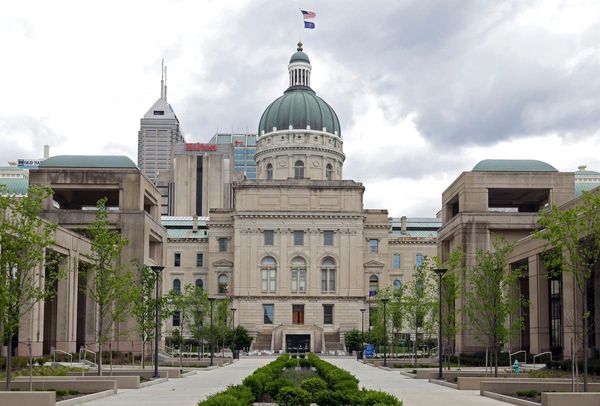
One of Belgium’s mutual health insurers has been taking a closer look at the country’s three low emission zones.
Dr Luk Bruyneel, a health and economics expert at Mutualités Libres, explained: “As a health insurance fund, we have to protect the health of our members. As air pollution is a major health risk, we want to contribute evidence to the debate. Health insurance data for our 2.3 million members allows us to produce high-quality studies on health risks from air pollution.”
Antwerp was the first city to set up a zone in 2017. This was followed by Brussels, and then Ghent. Like London’s ultra-low emission zone (Ulez), and more than 320 schemes across Europe, the Belgian zones are designed to improve air pollution by deterring the most polluting vehicles from driving on city streets (generally the oldest diesels).
As a key player in Belgium’s public health care, Mutualités Libres wanted to understand if the three zones had changed the air breathed by its members. It was not possible to make measurements at each person’s home, so the insurer used a computer model to calculate street-by street air pollution.
Bruyneel and team looked at the air pollution outside the homes of 176,000 members who lived in Belgium’s 20 largest cities. Even without the low emission zones, air pollution would be expected to improve as older polluting vehicles were replaced with newer models. They therefore looked for any extra changes inside the zones compared with the 17 cities with no zone.
Members inside the zones experienced faster improvement in air pollution compared with those in the other cities. This accelerated cleaning of the air was found for the main pollutants from traffic including nitrogen dioxide and particle pollution.
They also looked at soot particles. These are a major air pollutant from the exhausts of older diesel vehicles. Antwerp and Brussels were the worst cities in Belgium before the zones started but this league table has now been turned upside down. The soot concentration around members’ homes in Brussels is lower than the average in cities across Belgium, and Antwerp has lower concentrations than the other cities in its region. After the zone, members in Antwerp also breathed less particle pollution than those in other cities in Flanders.
In Brussels they found that the least well-off members experienced the worst air pollution, but for some pollutants the least well-off had the greatest gains. There is still a long way to go. Even in 2022 the least well-off were only enjoying the air quality that the richest had in 2017.
Bruyneel added: “Air quality in Belgium is improving, but there is still a lot of work to be done to create healthy cities that people can enjoy more. Policymakers should support and embrace initiatives like LEZs to improve air quality in cities. This is not the time to press a ‘pause button’ or turn back the clock.”
Next, the insurer will be looking for any changes in the medical bills for people inside the zones. Several studies on low emission zones around Europe and Japan have already found improvements in the numbers of heart attacks and strokes, and there is some evidence of improvement in lung illnesses too.
Research by Mutualités Libres has already uncovered associations between air pollution and GP and emergency room visits in Belgium. They also found that short periods of high air pollution were linked to the onset of long periods of time off work for mental health problems.
With Belgian elections due in June, 140 health and environment experts, including the health insurer, are calling on the county’s politicians to take more action on air pollution, by strengthening low emissions zones, creating green spaces and cycle paths, and building on the early success of low-traffic neighbourhoods. They illustrated their open letter with data on the 900 Brussels residents who die early each year due to poor air quality.







